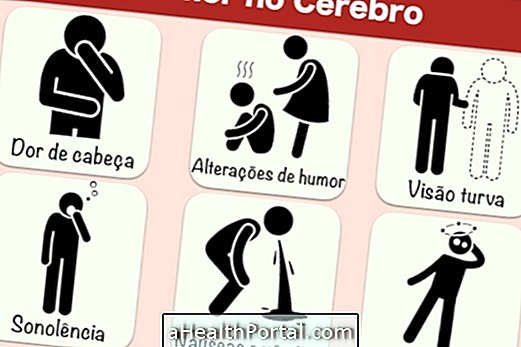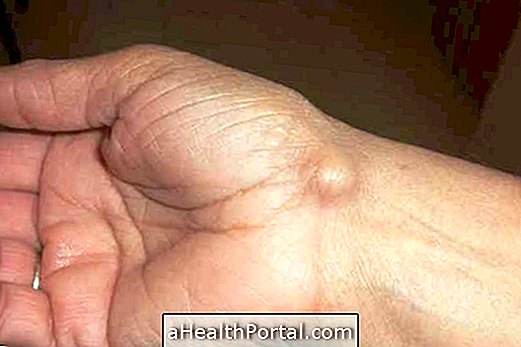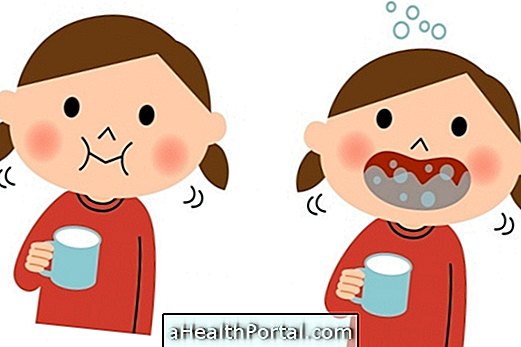To properly treat the pain you need to go to the doctor and describe the pain accurately, referring to the region of the body where the pain is most severe, saying whether it is of a walloping type or tightening, for example, by informing about its frequency and, if there is something that leads to its aggravation, like raising the leg or doing exercise, for example.
Only in this way, the doctor can make the correct diagnosis and indicate the most appropriate treatment that usually included the use of medicines such as Paracetamol, natural treatments such as massage, application of ice or heat at the site of pain or even rest.
Pain can manifest acutely when it is associated with withdrawal of a tooth or menstrual cramp, or chronic when it stays for more than 3 months and is associated, for example, rheumatoid arthritis, gout or some form of cancer.
How to relieve pain
Depending on the type of pain, your treatment usually involves the use of medications recommended by your doctor, such as:
- Analgesics : which help to decrease pain, such as Paracetamol or Aspirin;
- Anti-inflammatories: to relieve inflammation, which normally causes pain, such as Nimesulide and Ibuprofen;
- Muscle relaxants: mainly for muscle pains such as Baclofen or Tizanidine.



In addition, other ways to reduce pain can be by doing acupuncture or a massage, in addition to being able to use hot or cold compresses or applying ice on the spot, depending on the type of pain and the region where it occurs.
What to tell the doctor when you have pain
When you go to the doctor you need to describe the pain accurately so the doctor can make a correct diagnosis. Thus, it should be noted:
1. The exact location of the pain
For the doctor to be able to make the correct diagnosis and to indicate the appropriate treatment, it is important to inform the region of the body where the pain is most severe, for example, finger, leg or belly.
However, when referring to the region should be as specific as possible, telling whether it is the right or left side of the belly or the back or if it is in the middle or the tip of the finger, for example.


In addition, when you can not tell the specific location, you can refer to other body sites for reference, for example, pain in the belly around the navel, pain in the head near the eyebrow, pain in the leg near the knee.
2. Types of pain
The patient who feels pain, in addition to referring to the place where they have pain, should describe it referring to whether it is of the type:
- Moedeira: it is a pain usually weak, but constant;
- Fisgada: it is a strong pain that arises quickly, and that also disappears fast;
- Tingling: sensation of numbness of the place, as if balls are present in the affected place;
- Picada: it is a fine localized pain, similar to taking a vaccine;
- Colic: it is a fast and very strong pain, which normally occurs in the belly;
- Throbbing: it is a constant pain that pulsates and is usually associated with infection on the spot;
- Tightness: it is the feeling of suffocation and, most of the time it is felt in the chest.
In some cases, in addition to the pain you may feel itching and burning, and sometimes the pain spreads and radiates to another location on the body.
3. Intensity of pain
To assess the intensity of pain it is advisable to use a scale that helps the patient refer to the degree of their pain, such as the numerical scale or scale of facial expressions.


However, it is important to always use the same scale so that it is possible to compare the intensity of the pain and, for this, it is necessary to register the evaluation, such as "grade 3 pain at 3pm", for example.
4. Frequency of pain
The frequency of pain is related to the fact that it is a constant pain or a pain that it sometimes appreciates.
In addition, it is important to tell the doctor about what worsens or helps relieve pain, such as pain may be more intense to exercise and can relieve when lying down.
Example of how to describe pain
When the patient goes to the doctor he should say, for example: "I have pain in the lower jaw tooth for 2 days, which is constant and of a walnut type and it gets worse when I'm eating" or "It hurts my chest for 3 hours constantly, I feel like it's a squeeze, it radiates to my left arm. "
Here's a chart that tells you how to properly describe your pain and help your doctor diagnose the problem.
| What to tell the doctor | Examples |
| Body Region | Leg, arm, belly, head |
| Type of pain | Coiffure, tight, tight |
| Intensity of pain | Use scale and compare every 2 hours |
| Frequency of pain | Constant, sporadic, worsening pain, which improves pain |
| Duration | 3 days, 1 week ... |
In addition to describing the pain, the doctor may examine the patient's body to help decide the best treatment.
See natural ways to relieve some types of pain in:
- 4 Tips to Lessen Toothache
- Home remedy for ear pain
- Home remedy for stomach pain
-
When to use hot or cold compress






















